by Griffin Cooper
Usual Suspects; Movers; Logic Chain (the market “narrative”)
It’s always been helpful and gratifying for me to take the complex act of trading and operationalize the different aspects of it into processes that can be repeated and improved upon. In this article I’d like to talk about the process of finding symbols to trade each day. This can be applied to any timeframe really, because whether I’m conscious of it or not I have some reason for selecting a symbol to trade. Whether I plan to hold it for ten years or ten minutes, there was some thought process I went through to decide on that symbol.
I get a strong feeling of professionalism and improvement when I can slow down and really figure out what are my internal convincer strategies for wanting to trade something. Recently I’ve been using a process that combines three different ways of finding symbols to trade. I’ve found it to be easy to implement, and leaves me satisfied that I’m looking for good opportunities through a variety of different lenses and perspectives.
Usual Suspects
The first way I find symbols to trade is through what we call the “Usual Suspects.” These are the symbols that I look at each and every day. Through my own experience and before that through studying my mentor Ken Long’s trades, I learned that these symbols have a few characteristics that make them very good to trade. They’re liquid, so they have a large enough volume that you can get in and out of trades easily with a small spread. And they tend to have large daily ranges. They give much more signal to noise which lends itself to more directional moves as opposed to symbols that tend to chop around a lot. They tend to make large channels, making it a lot easier to find low-risk ideas inside their wider channels.
This is the usual charting setup when I start my day. I use the ThinkorSwim platform from TDAmeritrade. On the right I have my 3 minute timeframe with the market (SPY) that I always look at first. On the left is a watchlist that has my usual suspects. These are AA, CLF, DIA, DVN, EWW, EWZ, TSLA, TLT, VXX, X and SPY (for market context).
movers
The second method I use to find symbols to trade is when I do my “homework” each night after the market has closed. I like to bring up the list of all the S&P100 symbols. I like symbols that are large with good liquidity and small spread so this fits me well.
We have created an Owl Bundle for ThinkorSwim platform that features a plethora of different indicators that can be employed to find symbols that are ready to move.
In the screenshot I have the NDX indicator that can find breakouts on a variety of different time periods. We also have all of Ken Long’s swing system signals coded so we can quickly see any swing system that is firing. It also automatically calculates the reward to risk of every single symbol by using the daily range with a target of the ten-day high. We can rapidly find low-risk ideas with symbols that have a higher probability of making a larger than average move in a shorter than average amount of time. Perfect.
My go-to setup and the one I always look at first is the Sniper setups. My favorite setup in the Sniper is the Godzilla. The Godzilla setup finds symbols that have been deeply sold off in a short-, medium- and long-term timeframe. They’re also symbols that have been experiencing a lot of volatility. They’re ‘enraged’ and ready for a possible large recovery or another leg down if the pain continues.
Logic Chain
The third way I like to find symbols is the logic chain. I equate the logic chain to listening for the “narrative” of the market for that day. What’s the market doing right now? I first look at SPY for context. I try to get a read on the general trend for the day and I look at the percent change for that day. If the market is weak, meaning it’s showing a negative percent change, I’ll look use my logic chain watchlist to find what sectors are even weaker and showing a larger negative percent change. If the market is showing strength and a positive percent change, and maybe it’s moving up or above it’s high of day from yesterday (the green zone), then I’ll look for what sectors are doing even better than the market.
The XL series ETFs are very helpful for this because I can have them all sorted by percent change to see what is the outlier for the moment. In this example XLI (the industrial sector) and SMH (semiconductor) were doing better than the market and the largest percent change. I can then dig into the symbols that make up that sector, usually starting with the top ten holdings, to see what symbol is leading the way for the weakness or strength in that sector. Here inside the semiconductors top ten holdings, you can see NVDA is stronger than its sector at +2.6%.
We started with an overall assessment of the market strength or weakness, and then drilled into the sector and symbol to find a higher probability target that is moving with the tide of the market.
By using a list of “usual suspects,” swing setups that I really like, and the logic chain to read the story of the market for that day, I have a process that gives me a variety of symbols to trade each day that I find is satisfying and professional. You can create your own process by finding what resonates with you personally.
Good trading everyone!





